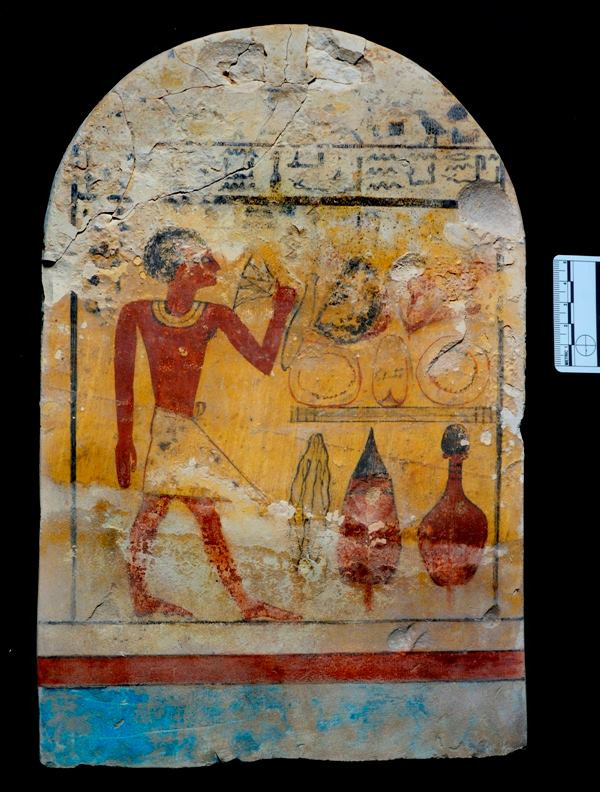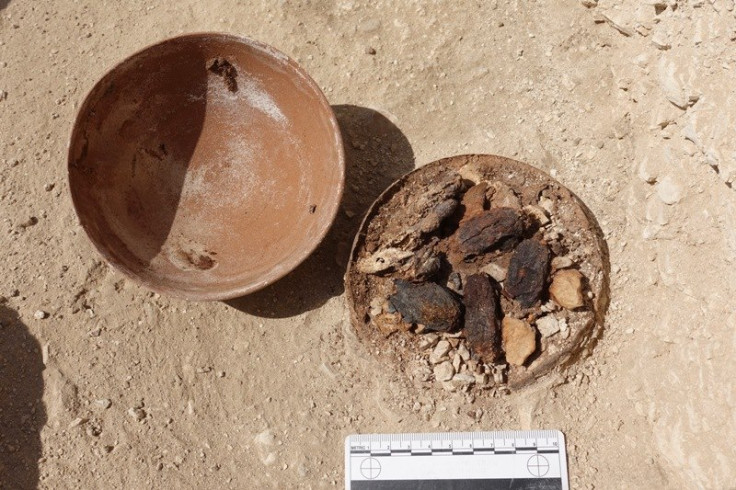Ancient Egypt: 4,000-year-old funerary garden discovered in Luxor sheds light on burial practices
Funerary gardens had previously only been known through iconography.
A funerary garden dating back nearly 4,000 years has been unearthed in Luxor, on the west bank of the Nile river. It would have been part of the ancient Egyptian city of Thebes would have stood, and may shed light on the funerary rites of its inhabitants.
The credit for this discovery goes to the Spanish archaeological mission working at the Draa Abul Naga necropolis. Led by Dr Jose Galan, from the Spanish National Research Council in Madrid, the team has been working at the site for the past sixteen years.
They had been excavating early 18th Dynasty rock-cut tombs (c.1500-1450 BCE) when they uncovered the funerary garden – the first such garden from ancient Thebes ever to be found.
Archaeologists had previously noted representations of small gardens painted on the walls of some of the New Kingdom tombs. But the discovery that such a garden did exist in ancient Thebes provides evidence of an aspect of ancient Egyptian rites and religion that had previously only been known through iconography.
"The big thing about this discovery is that until now these gardens had been known exclusively from paintings and depictions on tombs. This confirms that these gardens were not just a fantasy or a symbol. Egyptians were all about symbols and some of the figures they painted are not to be taken literally - but here seems to be clear proof that these gardens actually existed", Michael Oakey, vice-chairman of Sussex Egyptology Society told IBTimes UK.


The funerary garden appears to be quite small, measuring three metres by two metres. Divided in smaller squares, it would have contained a variety of plants. Two elevated spots for a small tree or a bush were also identified in the middle of the garden.
The archaeologists also discovered the roots and the trunk of a small 4,000 years old tree. "They have yet to identify the tree, but a strong possibility is that it was a sycomore fig tree associated with the sky goddess Nut, and a symbol of rebirth and regeneration", Oakey said. "In Egyptian mythology, the sun passed through Nut's body after sunset each night and she gave birth to it anew at sunrise every morning — this idea of rebirth tied in with funerary beliefs about people being reborn into the afterlife following their death in the earthly world."
A bowl containing dates and other fruits was left by the tree. It may have been a funerary offering - though it is not clear when it would have been left in the garden.

The Spanish mission finally discovered a small mud-brick chapel in the vicinity of the garden, which harboured three stelae from the 13th Dynasty. One of these stelae mentioned the names of four Egyptian gods – Montu, Ptah, Sokar and Osiris.
"These discoveries underscore the relevance of the central area of Dra Abu el Naga as a sacred place for the performance of a variety of cultic activities during the Middle Kingdom," Galan said.
© Copyright IBTimes 2025. All rights reserved.






















